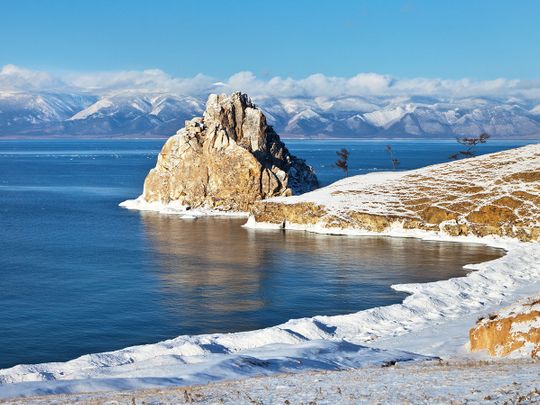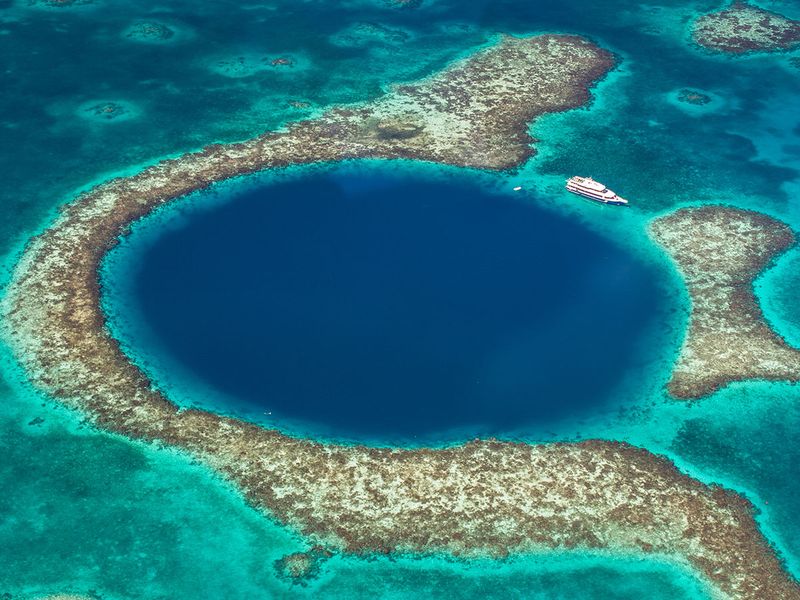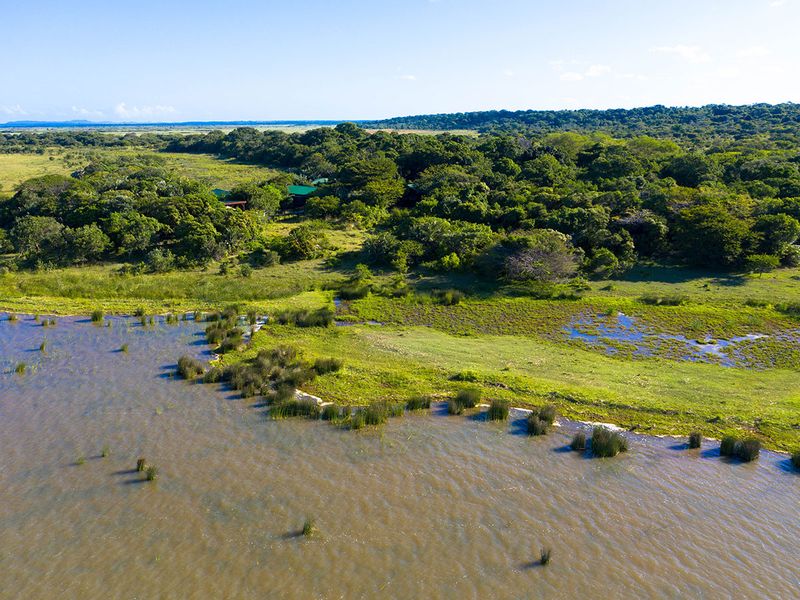
More than 3.5 million square kilometres of land, in over 250 sites (both on land and water), in more than 100 countries, remain protected in the United Nations Educational, Scientific and Cultural Organisation’s (Unesco) World Heritage List.
But what difference does it truly make?
Play the Weekend Crossword, where you can identify natural wonders among the World Heritage Sites.
The organisation’s Natural World Heritage Sites account for about eight per cent of the total surface covered by terrestrial and marine protected areas worldwide. Yet, they are constantly under pressure, from global warming, encroaching species, and the negative impact of tourism. With 257 natural sites inscribed in Unesco’s list, covering a size that’s greater than the whole of India, the organisation has its work cut out, in trying to protect and conserve Nature’s gifts to humanity.
Here are a few examples of how Unesco does its relentless job of protecting natural heritage sites:
1. Lake Baikal, Russia
Unesco holds a strict position that exploration and exploitation for resources like oil and gas are incompatible with World Heritage status. In 2006, Russian President Vladimir Putin agreed to change the course of an oil pipeline that was supposed to run from the oil fields of Siberia to the Pacific coast. The problem was, it would have run dangerously close to Lake Baikal, the oldest and deepest lake in the world. Over 25 million years old and 1,700m deep, the lake contains 20 per cent of the world’s surface fresh water resources.
2. Belize Barrier Reef, Belize

What happened in Russia happened in Central America, too, but on a much larger scale. Unesco’s policy influenced a landmark decision by the Belize government. The country adopted a full oil moratorium for all Belize offshore waters, including its World Heritage reef system. And it’s wonderful that they did – their reef is the second largest in the world, and approximately 200,000 Belizeans depend on it for their livelihood.
3. iSimangaliso Wetland Park, South Africa

Striving for a balance between economic development and effective conservation can be difficult, but getting a Unesco stamp of approval can improve one’s chances enormously. Ever since iSimangaliso Wetland Park received its World Heritage status in 1999, it has successfully managed both aspects. The Park now supports over 12,000 jobs and hosts an environmental education programme that reaches 150 schools. The Park is home to the world’s oldest fish, the coelacanth, and the world’s biggest animal, the blue whale, and protects 700-year-old fishing traditions, along with 25,000-year-old vegetated coastal dunes.
Did you know about these natural heritage sites? Play the Weekend Crossword and tell us at games@gulfnews.com.






